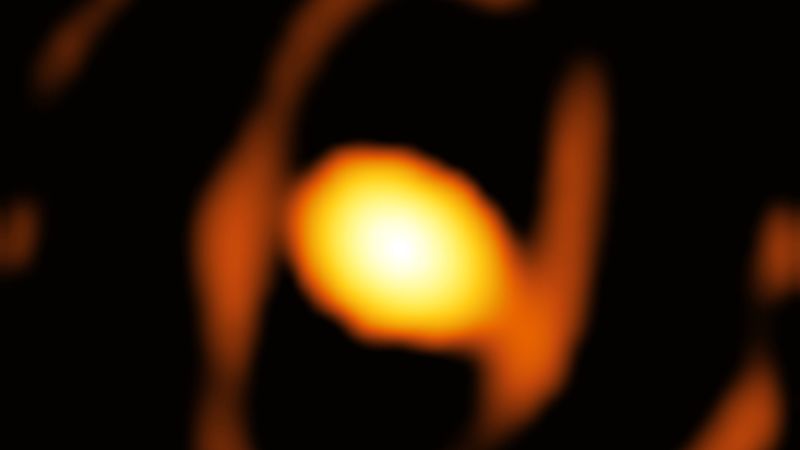
Transfer Ellipse
In aerospace engineering, a Transfer Ellipse refers to the orbital path used to transfer a spacecraft or satellite from one circular orbit to another in space. This is a fundamental concept in orbital mechanics, the study of the motions of artificial satellites and space vehicles moving under the influence of forces such as gravity, thrust, and aerodynamic drag. The transfer ellipse is typically used in Hohmann transfer orbits, which are elliptical orbits used to transfer between two circular orbits of different radii in the same plane. The transfer ellipse is initiated by an impulsive velocity change which moves a spacecraft from its initial circular orbit onto the transfer ellipse. After moving along the transfer ellipse, another impulsive change in velocity is performed at the apogee (the farthest point from the center of the gravitational source) to move the spacecraft onto the final circular orbit. The transfer ellipse is an efficient way to move a spacecraft from one orbit to another, minimizing the use of propellant.
Your Previous Searches
Random Picks
- Lower Body Negative Pressure: Lower Body Negative Pressure (LBNP) is a technique used in space and astronautical engineering to simulate the effects of gravity on the human body. It involves placing a person in a chamber and applying negative pressure to the lower half ... Read More >>
- Reflecting Telescope: A reflecting telescope is a type of telescope that uses mirrors to reflect and focus light. The primary mirror is located at the bottom of the telescope and reflects light back up to a secondary mirror, which in turn reflects the light out ... Read More >>
- Mineral Composition: Mineral composition refers to the types and relative amounts of minerals present in a given material or substance. In the context of space and astronautical engineering, mineral composition is an important factor to consider when analyzing ... Read More >>
Top News

Archaeologists discover 4,000-year-old canals used to fish by predecessors of an...
Using drones and Google Earth imagery, archaeologists have discovered a 4,000-year-old network of earthen canals in what’s now Belize...
News Source: ABC News on 2024-11-22

First close-up image of a star beyond our galaxy may reveal impending supernova...
Astronomers have taken the first close-up image of a star beyond our galaxy, and it’s a “monster star” surrounded by a cocoon as it slowly dies....
News Source: CNN on 2024-11-21

Bestselling author explains the science of happiness: "You can do the work"...
Bestselling author and Harvard professor Arthur Brooks opens up about how enjoyment, satisfaction and meaning in life can increase a person's wellbeing....
News Source: CBS News on 2024-11-18

November's full moon, known as the Beaver Moon, is the last supermoon of 2024. H...
November's full moon, known as the Beaver Moon, is the last supermoon of 2024. Here's when it peaks and why it's called the Beaver Moon....
News Source: CBS News on 2024-11-15

You can't put a price on the sense of awe particle physics inspires...
Astronomy and particle physics are no longer seen as vital by the US establishment, so funding has fallen. But our work creates a sense of wonder, and wonder matters, says Chanda Prescod-Weinstein...
News Source: New Scientist on 2024-11-13